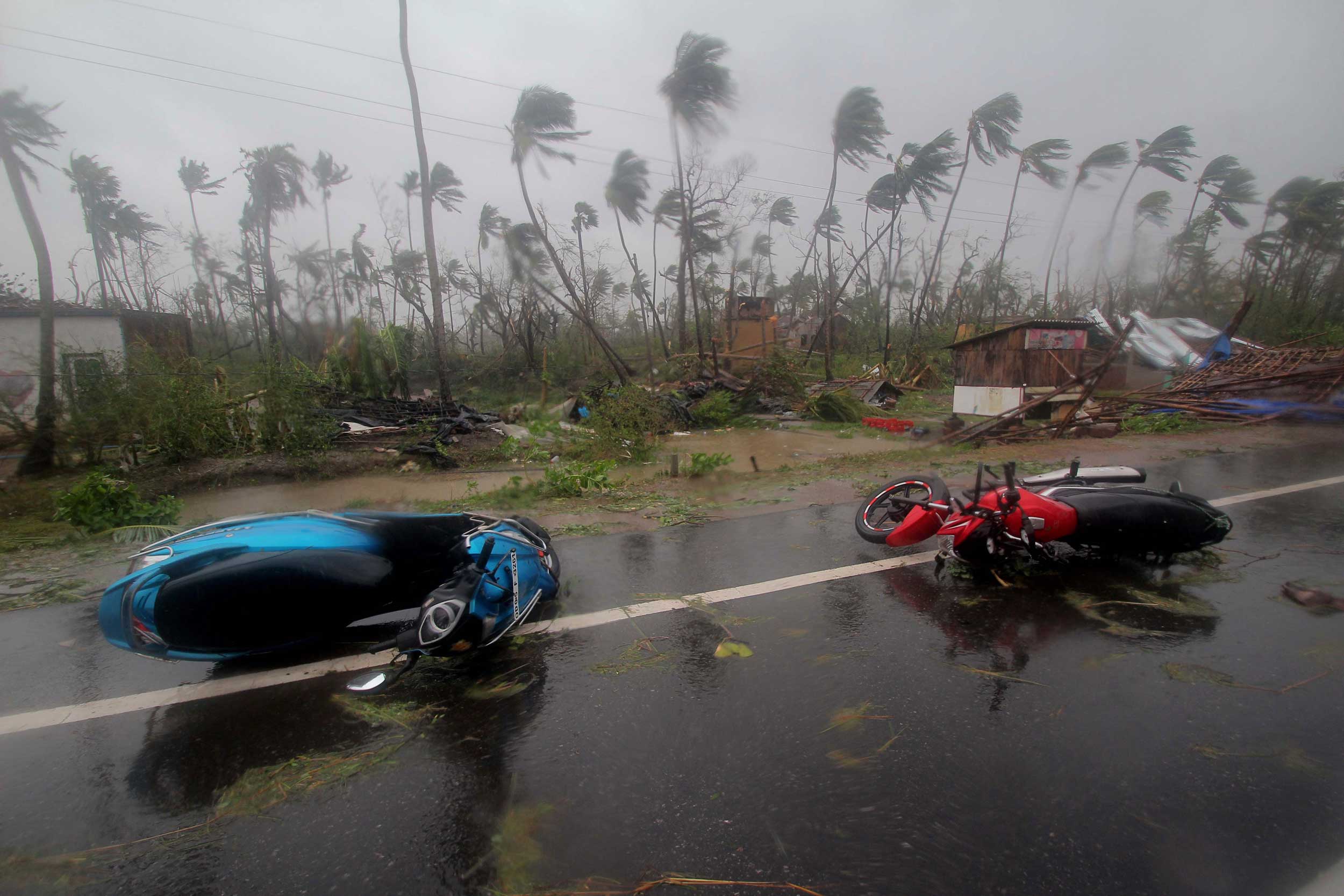Why is everyone talking about the Odisha crisis-management model?
- Cyclone Fani could have been catastrophic for Odisha. But as of Saturday evening, while the full extent of the destruction remained unclear, mass casualties seemed to have been averted in the state in what appeared to be an early-warning success story. Analysts say this is a remarkable achievement, especially in a poor state in a developing country, the product of a meticulous evacuation plan in which the authorities, sobered by past tragedies, moved a million people to safety, really fast.
What did Odisha do?
- Odisha deployed everything it had: 2.6 million text messages, 43,000 volunteers, nearly 1,000 emergency workers, TV commercials, coastal sirens, buses, police officers and public address systems blaring the clear message in local language: “A cyclone is coming. Get to the shelters.”
Is it that simple?
- No. The mission involved a mix of warning systems, evacuation and functional shelters — chiselled by lessons learnt over two decades. In 1999, a fearsome cyclone blasted into this same area and obliterated villages, killing thousands. Many people were caught flat-footed in their homes. Some of the dead were found miles from where they had lived, dragged away by raging cascades. After that, Odisha vowed to ensure a disaster like that never felled them again. “This is not the work of a day or a month but of 20 years,” said Bishnupada Sethi, the state’s special relief commissioner, who has been supervising the operation.
What did Odisha do?
- One of the first steps taken after the 1999 disaster was the construction of hundreds of cyclone shelters up and down the coast. The shelters are built up to a few miles from the seashore. They aren’t picturesque — picture a bare two-storey, peeling-paint, cement-block rectangular building on stilts, almost resembling a crab. But the structures, designed by the faculty at IIT Kharagpur, have proved storm-worthy. Each shelter can hold several hundred people.
Did the forecast help?
- Of course. On radar screens, meteorologists had picked up a large swirl barrelling up from the Equator, deep in the ocean between Sri Lanka and Indonesia. By midweek, Fani had become a cyclone. The meteorologists accurately predicted its path.
Calcutta spared
Fani was barely noticed as it passed over Calcutta early on Saturday, brought winds whose speed did not exceed 40kmph and moved to Bangladesh.
The storm lost its steam because of the time and distance it had travelled and high-altitude winds that made it gain speed but drain out faster.










